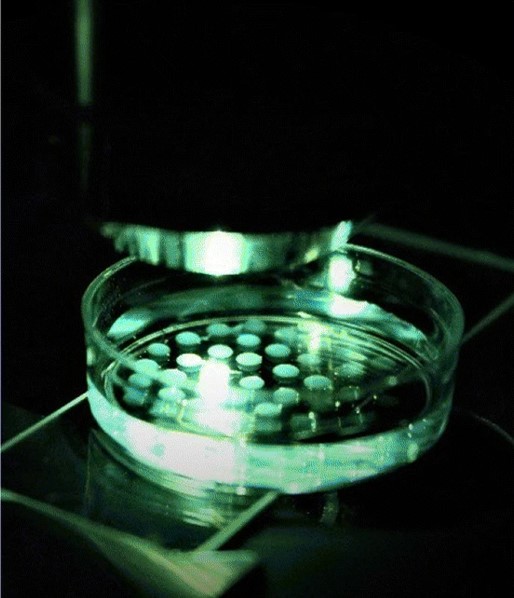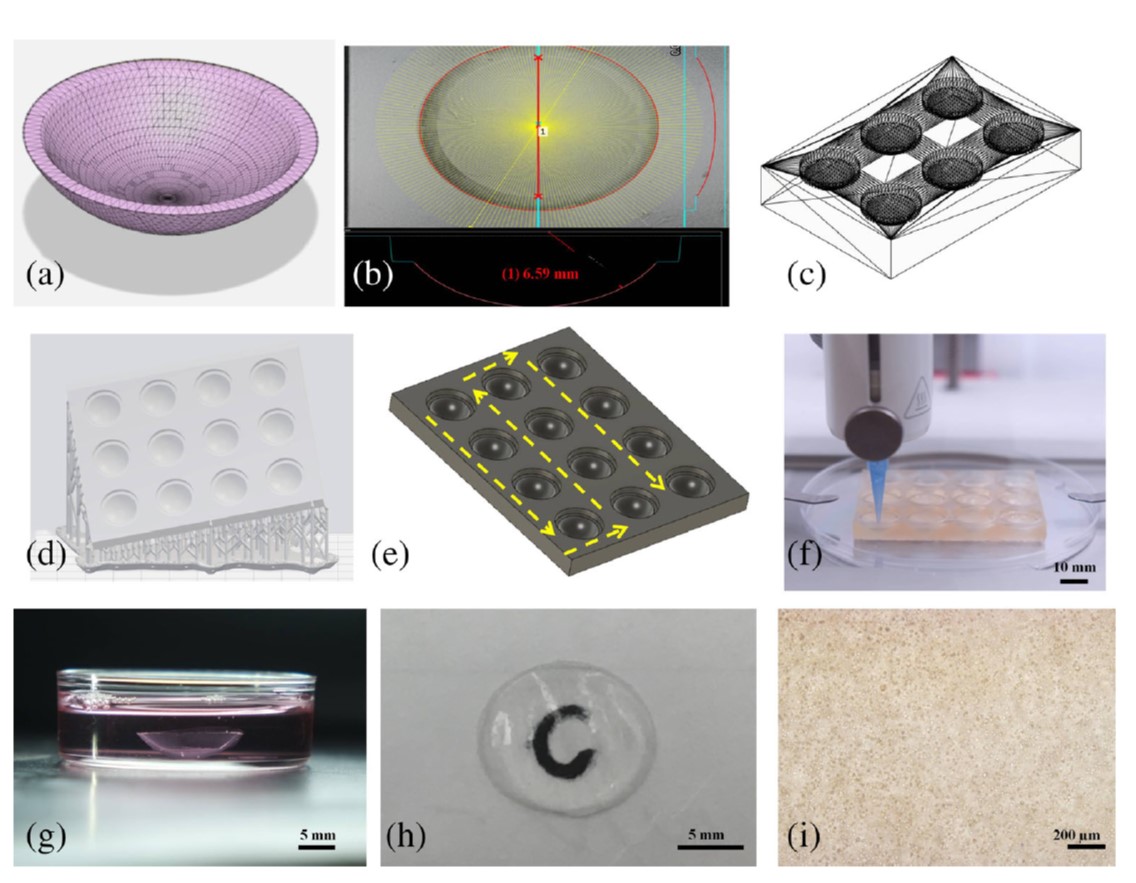Top Advanced BioMatrix Publications of 2020
09/09/20
Through the chaos and uncertainty of 2020, one thing is clear: The world needs more researchers like YOU.
On average, one scientific paper is published each day using Advanced BioMatrix's high quality products.
Here are some of our favorite publications from this year (so far), in no particular order:
Fibroroblast Promotes Carcinoma Cells Invasion through Mechanical Barriers in 3D Collagen Microenvironments
FibriCol® 10 mg/ml type I collagen was neutralized and diluted to concentrations of 1, 2, 4 and 8 mg/ml, creating 3D collagen hydrogels of various storage moduli (stiffness). Results showed that stiffer 3D matrix, with smaller pore size, limited force-induced collagen remodeling and invasion of OECM-1 spheroids.
Periostin and Matrix Stiffness Combine to Regulate Myofibroblast Differentiation and Fibronectin Synthesis During Palatal Healing
CytoSoft® PDMS plates of various rigidity (0.2 kPa - 64 kPa) were coated with PureCol® type I collagen and used to evaluate myofibroblast differentiation across a broad range of physiologically relevant substrate stiffness.
Myosin II Governs Intracellular Pressure and Traction by Distinct Tropomyosin-Dependent Mechanisms
Human Fibroblasts were grown on CytoSoft® plates of 0.5 kPa and 64 kPa stiffness, coated with RatCol® type I collagen, to establish whether substrate stiffness can increase focal adhesion size and cytoplasmic pressure (both which require myosin II activity). Researchers found a significant decrease in adhesion size on soft surfaces.
A microvalve cell printing technique using riboflavin photosensitizer for selective cell patterning onto a retinal chip
Nutragen® 6 mg/ml type I collagen was mixed with riboflavin and microvalve 3D printed. Resulting deposits were photocrosslinked for selective cell patterning onto a retinal chip.


Tissue Engineered Stromal Reticula to Study Lyomph Node Fibroblastic Reticular Cells in Type I Diabetes
SpongeCol® type I collagen sponges were used as the core scaffold for creating tissue-engineered stromal reticula.
Mast Cell Migration and Chemotaxis Assayed by Microscopy
PureCol® 3 mg/ml type I collagen was used to create mast cell migration and chemotaxis assay for studying mast cell function in health and disease.
Biomimetic corneal stroma using electro-compacted collagen
Nutragen® 6 mg/ml type I collagen was electro-compacted into thin films. Cells were seeded onto the films. Current was added to align the collagen fibrils. Films were then successively stacked with each layer orthagonally arranged to create the corneal stroma.

Wound Matrix Stiffness Imposes on Macrophage Activation
HyStem®-C kit was used to make 3D hydrogels from hyaluronic acid. The concentrations of various components were adjusted in order to tune the hydrogel stiffness. The affects of matrix stiffness on macrophage activation were measured.
Effect of e-cigarettes on nasal epithelial cell growth, Ki67 expression, and pro-inflammatory cytokine secretion
TeloCol®-3 type I telocollagen 3 mg/ml helped make tissue engineered 3D nasal mucosa tissue. These bioengineered tissues were exposed to e-cigarette aerosol or cigarette smoke to evaluate cell viability and lactate dehydrogenase.

Deterministic culturing of single cells in 3D
PhotoCol® methacrylated type I collagen was used to form mini "3D hydrogel islands." Cells were individually added to each "island" in order to culture them in relative isolation from the rest of the cell population.
Fibroblast encapsulation in gelatin methacryloyl (GelMA) versus collagen hydrogel as substrates for oral mucosa tissue engineering
Nutragen® type I collagen was compared to PhotoGel® methacrylated gelatin and shown to have superior biological properties for fibroblast growth and epithelial cell adhesion and differentiation.
High‐throughput 3D bioprinting of corneal stromal equivalents
FibriCol® 10 mg/ml type I collagen was mixed with alginate and gelatin to make a unique bioink suitable for 3D bioprinting corneal stromal equivalents.
3D printing of multilayered scaffolds for rotator cuff tendon regeneration
3D printed scaffolds using PLGA were coated with VitroCol® 3 mg/ml type I human collagen to support the growth, proliferation and tenogenic differentiation of mesenchymal stem cells.




